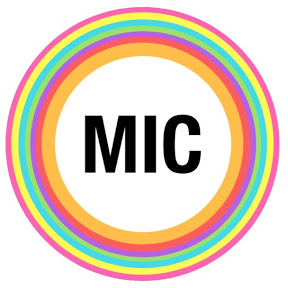On April 22, 1970, over twenty million Americans recognized the first Earth Day by cleaning up the streets, local parks, campuses, and fought to raise awareness of a deteriorating Earth. The younger generations of America were calling for the preservation of the environment, thus necessitating the government to institute the Environmental Protection Agency (EPA). But what perpetuated dedicating an annual event to the environment?
Years before Earth Day was established, America did not have pollution or environmental regulations. It was comparable to the “wild west” for corporations and the government. Lakes and rivers were deemed unsafe to fish or swim and cities were filled with smog. Most companies would dump their chemical waste, like the 1969 Cleveland Cuyahoga River fire in Lake Erie with flames reaching five stories high. These careless actions caused many issues that forced people to grow concerned about the future of the planet
Eventually, on January 28, 1969, a Union Oil rig located six miles off the coast of Santa Barbara, California exploded, spewing over 3 million gallons of crude oil over eleven days. Due to the high pressure from the pipes, workers were unable to stop the leak. The oil not only leaked into the ocean, but killed over 3500 birds, a dozen sea lions, and depleted over eighty percent of the barnacles in the surrounding waters. This lack of accountability caused public outrage when the President of Union Oil Co. Fred L. Hartley, said, “I don’t like to call it a disaster, because there has been no loss of human life. I am amazed at the publicity for the loss of a few birds.”
As a result, the oil spill was so disastrous that former Wisconsin Senator, Gaylord Nelson, became an advocate for the environmental protests. Because the environmental issues were more appealing to the younger generations, Nelson combined these efforts with anti-war movements. Nelson wanted to organize national “teach-ins” to inform people about the importance of saving the planet. Nelson recruited Republican Congressman, Pete McCloskey, and 25-year-old Harvard Graduate, Denis Hayes, as coordinators. Eventually, a staff of eighty-five was reached to promote and organize events across the continental United States. The organization agreed on the date of April 22nd because it fell between spring break and final exams for many schools.
On April 22nd, 1970, the first Earth Day was officially recognized. Over 200 million people in 140 countries participated as the world became concerned. Because of the success of the efforts, in 1990 President Bill Clinton later would award Nelson with the Presidential Medal of Freedom, the highest honor a civilian can receive.
By the end of 1970, the EPA was founded, as well as the Clean Air and Clean Water Act. The main goal of the EPA was to protect human health by safeguarding the air we breathe, the water we drink and the land on which we live. President Richard Nixon created a 37-point list that consisted of other tasks and requests such as focusing on motor vehicle emissions, regulations on dumping waste, and even conserving endangered animals.
Today, Earth Day has become bigger than it has ever been. Many restaurants have taken part in helping the environment from actions such as eradicating the use of styrofoam take out containers, discontinuing giving straws with drinks, and using paper cups. In New York State, the use of plastic bags in supermarkets became illegal on March 1st, 2020. This year’s Earth Day’ theme is “climate change”. With many events occurring around the world, you can contribute too. To see where an event is being held, visit earthday.org and click on “about us”. Scroll to the bottom and see local rallies and events helping the cause!




